Covers your pet up to the chosen vet fee limit if they have a dental accident or injury. Always be sure to take your pet for annual dental check-ups, and follow your vet’s advice.
Dachshunds are lively, affectionate and loyal. Considering their short legs, they need a decent amount of exercise and playtime, although too much jumping or climbing should be avoided. Training can be a challenge, as while they’re a clever sausage, they can be stubborn.


A guide to owning a Dachshund
The Dachshund – ‘sausage dog’ if you prefer (or ‘wiener dog’ to those living across the pond) – is instantly recognisable. Its short legs and long body make it look slightly comical, but the Dachshund is as bold a breed as they come.
As is the case with all breeds, there are certain things to be aware of before you commit to owning a Dachshund. Here we look at their common health issues and specific needs, along with their temperament, exercise needs and grooming requirements.
Are Dachshunds good family dogs?
Yes, Dachshunds can be a great family dog, as they’re affectionate, playful and loyal. They’re generally better suited to families with children old enough to respect their boundaries, because they can get snappy if play gets too intense for them.
Getting them used to other pets can be tricky, on account of their strong prey drive. It’s best to socialise them from a young age, as this will help reduce the risk of flare-ups with other pets.
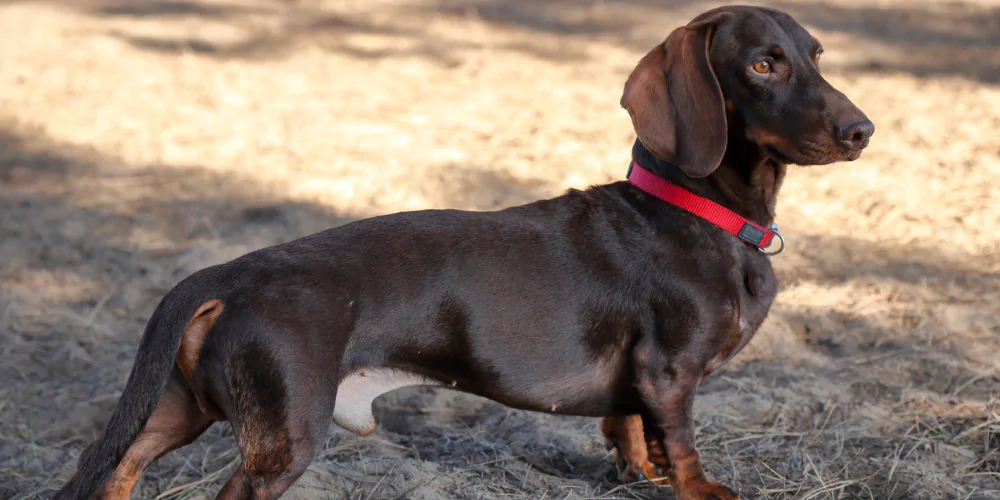

Dachshund size and appearance
The Dachshund is small and low to the ground. It has a long muscular body and short legs. In the UK they come in two sizes: standard and miniature. In other countries, there’s also the kaninchen or rabbit Dachshund. The breed has an elongated head, slightly arched muzzle and expressive eyes, lending them a look of intelligence and curiosity. They also have lovely long ears.
Dachshunds come in three coat types – smooth, long-haired and wire-haired. They can also come in a variety of colour and patterns, including:
- Red or ginger
- Black and tan
- Chocolate
- Dapple (patches of light colour on a darker base coat)
- Brindle (dark stripes on a lighter base coat)
What were Dachshunds bred for?
Dachshunds were originally bred in Germany to hunt badgers and other burrowing animals. They’re now more of a companion dog, which can fit in with all types of household.
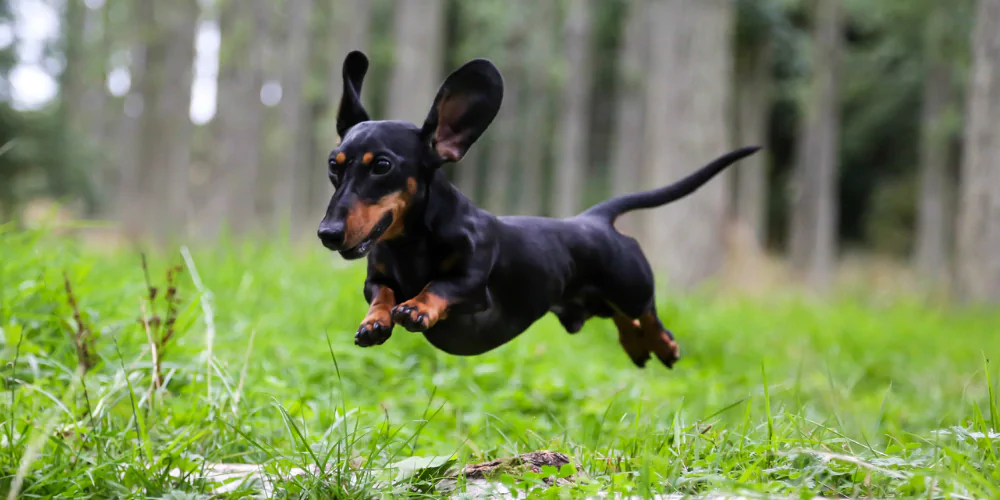

What is the Dachshund’s temperament?
The Dachshund’s personality is:
- Brave: Originally bred as hunting dogs, Dachshunds have a strong sense of independence, plus a courage which belies their diminutive size.
- Lively: They’re also full of beans. Dachshunds love a good play, and are also fond of a bark.
- Curious: They’re into having a good sniff and checking out new environments.
- Loyal: Watchful and alert, the Dachshund is incredibly loyal. This can make them wary of strangers and a bit territorial. Early socialisation is essential to help them become more confident and well-rounded.
- Affectionate: Sausage dogs often form strong bonds with their human, and can be cuddly and affectionate.
Can Dachshunds be left alone?
You should avoid leaving your Dachshund alone for extended periods. They don’t cope well with loneliness, and can get separation anxiety. While you may be able to train them to be alone for a couple of hours, leaving them too long can lead to destructive behaviours and excessive barking. Plus it’s bad for their mental health.
If you do have to leave your Dachshund, make sure they have access to fresh water, and comforts such as their favourite toys and blankets. No dog should be left for longer than four hours if you can help it, and with Dachshunds it’s likely to be much less.
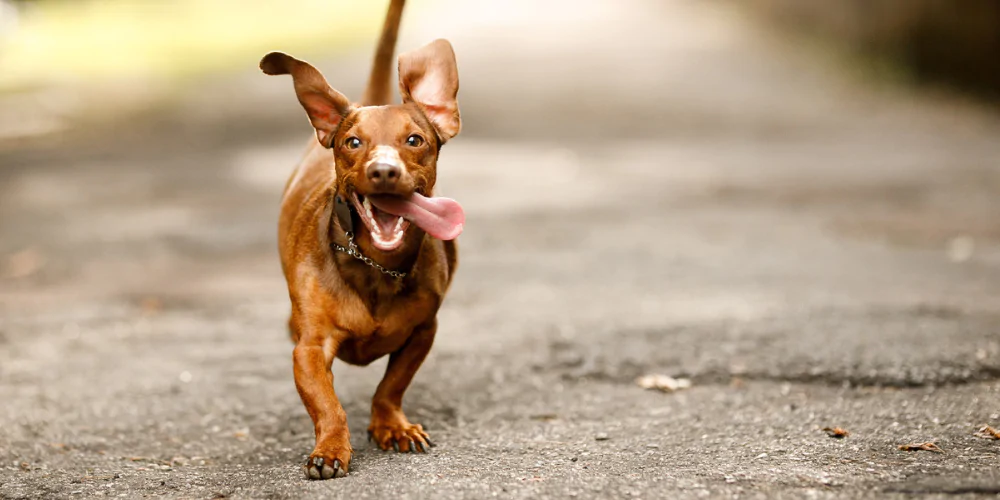

How much exercise does a Dachshund need?
Though small, Dachshunds are active pups with a strong prey drive. You’ll need to give them daily exercise in order to stay healthy and prevent boredom. A couple of short walks and some playtime will usually be enough physical exercise, but they also enjoy games that engage their minds, such as puzzle toys or following a scent.
Note that, because of their long backs, you should avoid activities that involve a lot of jumping or climbing. These can lead to back issues like intervertebral disc disease (IVDD). Bear in mind that they may need help with stairs or getting onto furniture.
Can Dachshunds swim?
Yes, Dachshunds can usually swim. Although because of their short legs, they’re not naturally strong swimmers, and can tire quickly. Some may become good swimmers with practice, but generally you’ll need to make sure they’re closely supervised. If they like the water, it’s also a good idea to get swimming aids, such as floats for their bodies.
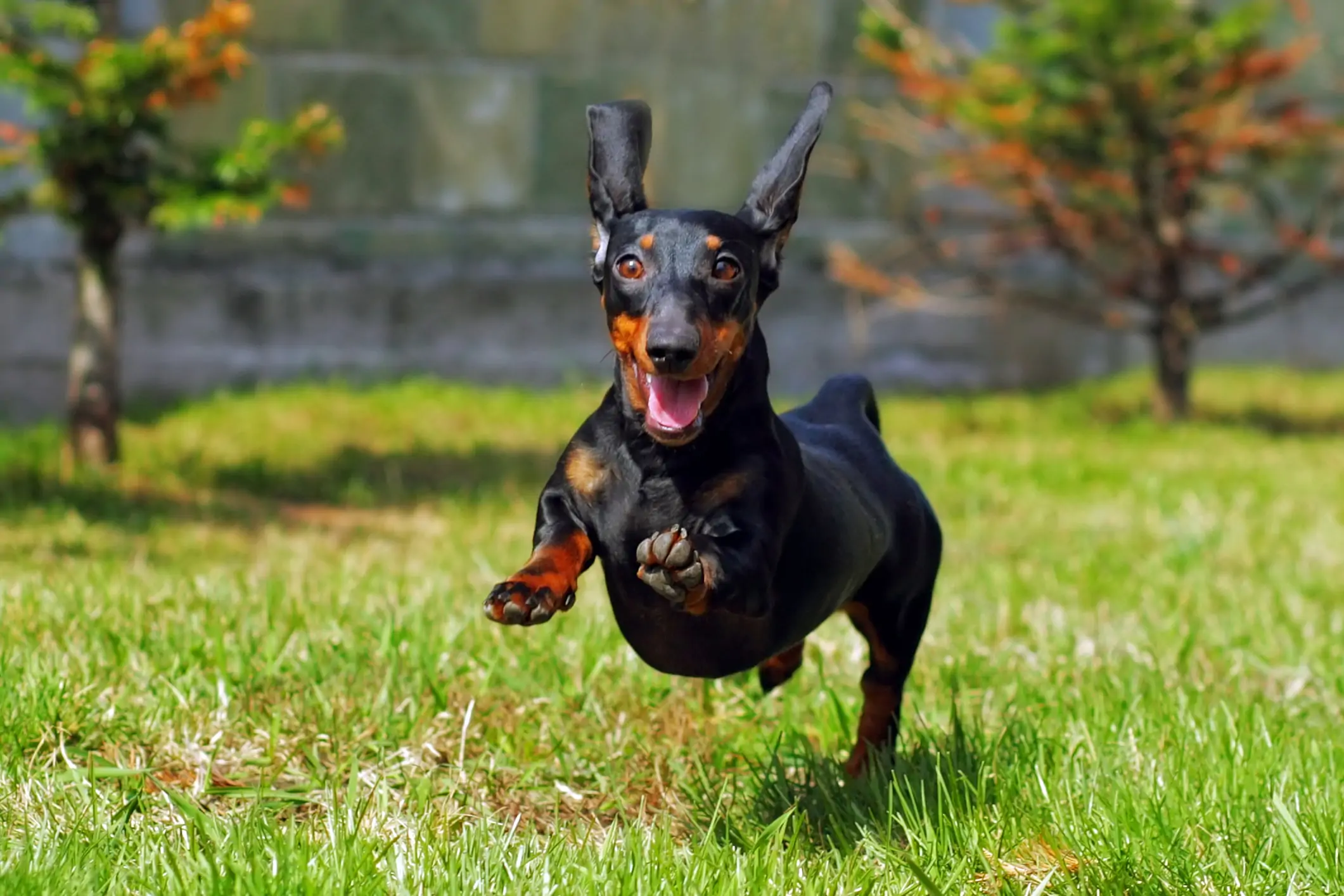

Our expert says…
Long, low and lovable, the Dachshund’s distinctive shape comes with a few health risks. Up to a quarter of sausage dogs will develop intervertebral disc disease (slipped discs), especially miniature smooth-haired types. This can cause pain, nerve damage or even paralysis.
Weight gain is common, adding strain to their back and joints, and worsening issues like luxating patellas (slipping kneecaps) and hip dysplasia. Eye problems such as cataracts, glaucoma (high pressure inside the eye), and progressive retinal atrophy (gradual vision loss) are also more likely. Both general and focal epilepsy (seizures) are seen in the breed.
Dachshunds are also prone to hair loss: seasonal, hormonal, pattern baldness and colour dilution alopecia. Hormonal issues such as hypothyroidism and Cushing’s disease (excess cortisol) can affect older dogs. Their long, floppy ears are vulnerable to infection, especially when moisture or allergies are involved, and some dapple-patterned dogs may be born deaf.
Even their deep chest puts them at risk of a twisted stomach (gastric dilatation-volvulus), typically seen in large breeds. They’re also predisposed to certain cancers, regular checks for lumps in or under the skin is a wise precaution.
The best protection? Responsible breeders, a healthy diet and a few well-placed ramps.
Dr Nicole Olewinski BVSc MRCVS
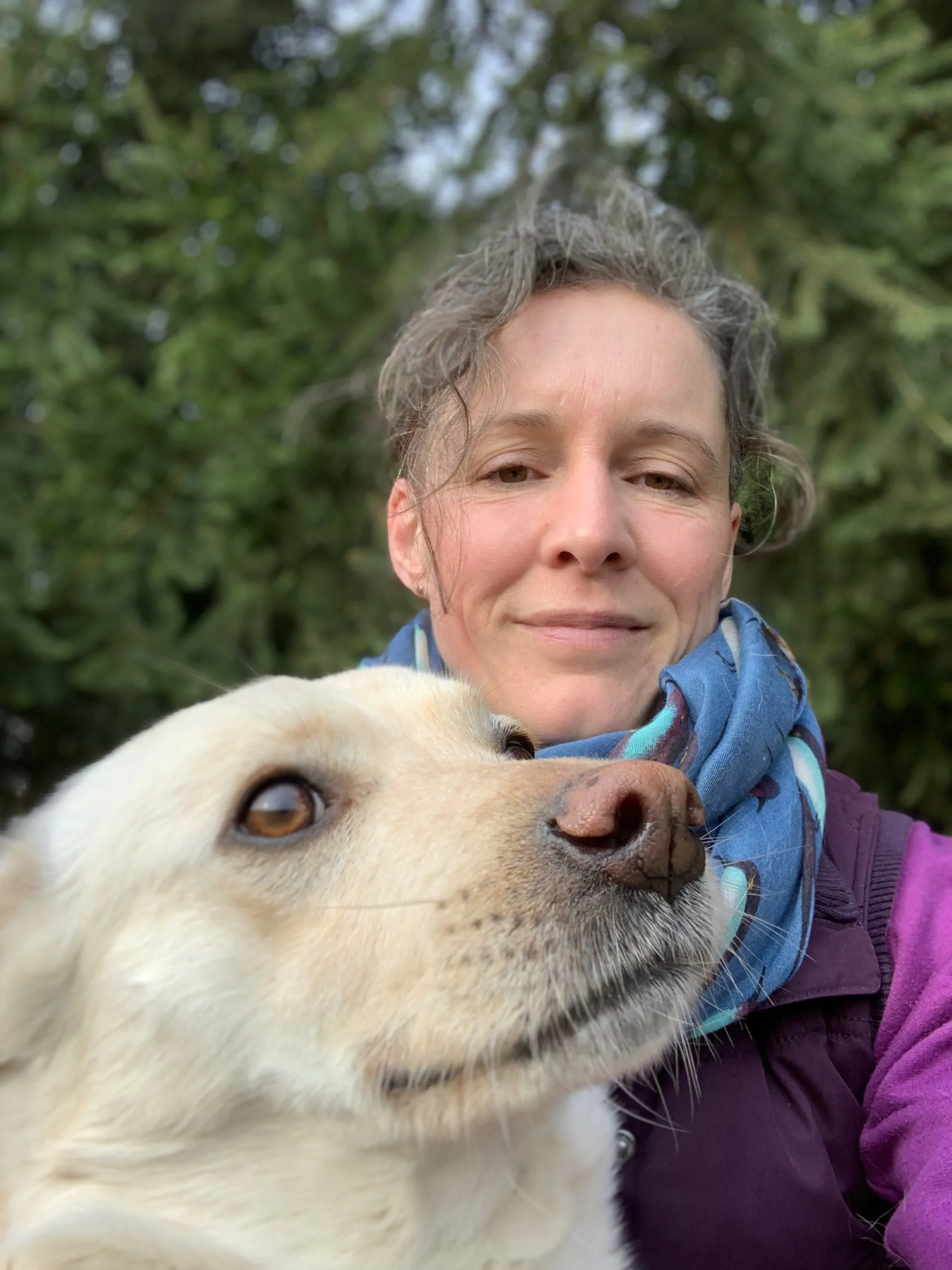

How long do Dachshunds live?
The average lifespan of a Dachshund is around 12-13 years. They’re a pretty healthy breed, and can even live as old as 15 years in some cases.
What are the common health issues for a Dachshund?
As mentioned, back problems such as IVDD are common in Dachshunds. This can affect up to a quarter of sausage dogs, and it’s degenerative, so it gets worse over time. Keep an eye out for signs of limping, difficulty in walking or holding their head down. If in doubt, take them to the vet. Depending on how severe any disc damage might be, this is a condition which will sometimes require surgery.
Another fairly common condition is progressive retinal atrophy (PRA). It’s not something you can see – like a cataract – but you will notice worsening vision, maybe even bumping into things, especially in low light levels. While this won’t affect their life expectancy, it can severely impact their vision. It’s a hereditary condition, but you can reduce the chances of your puppy developing this by going to a responsible breeder, and making sure the parents have had the proper health screening.
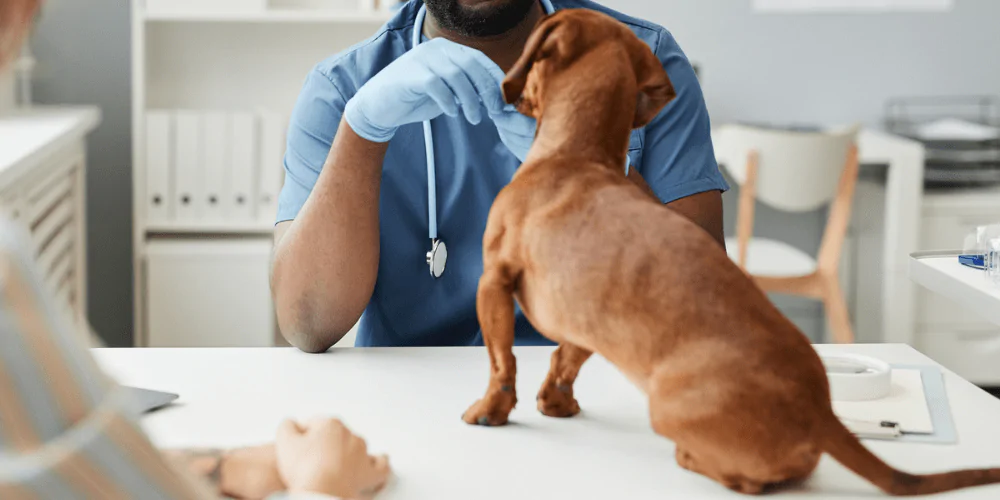

Dachshund grooming and hygiene
The Dachshund’s three different coat types – smooth, long-haired and wire-haired – will each come with their own grooming requirements:
- Smooth-coated dogs need minimal grooming beyond regular brushing and the odd bath.
- Long-haired types need more frequent brushing to prevent matting and tangles.
- Wire-haired Dachshunds benefit from regular trimming or hand-stripping, which is where you remove loose or dead hairs by hand.
All types need regular nail trims, ear cleaning and dental care to keep them in tip-top condition.
Do Dachshunds shed?
All dogs shed, but Dachshunds are considered to be a low-shedding breed. As you might expect, the long-haired variety sheds more heavily than the smooth Dachshund. The smooth variety sheds gradually rather than seasonally. With the double-coated wire-haired variety, the undercoat does leave fine hairs behind, although some will shed more than others.
Are Dachshunds hypoallergenic?
Nope. While fairly low-shedding on balance, all varieties do shed to a certain degree – including dander (dead skin), which can carry allergens. The wire-haired sausage dog is probably the best bet for those who suffer with allergies, but it’s likely to be down to the individuals, both human and canine.
If you or a member of the house suffer from allergies, responsible breeders will let you visit the puppy a few times before you commit to buy. This way you can see if the dog you’re interested in triggers any reactions.
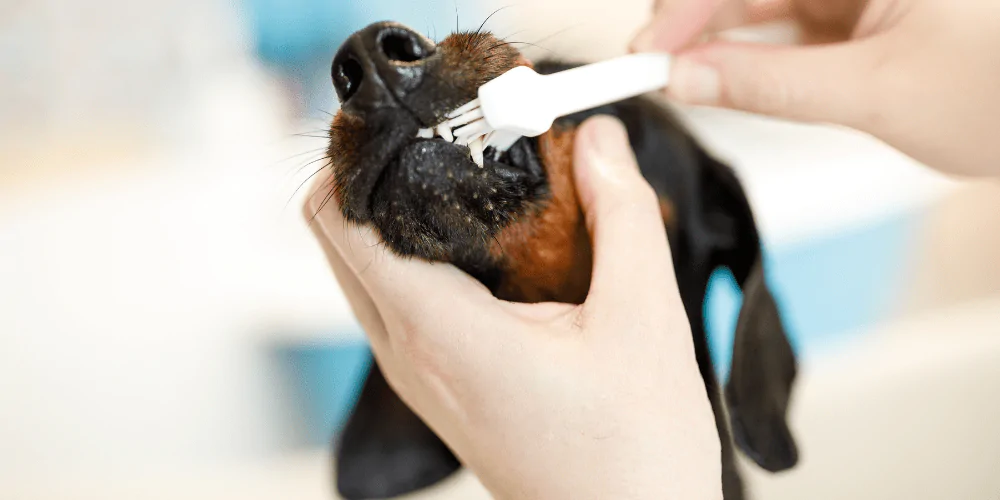

How to train a Dachshund
Training a Dachshund can be a challenge. Their independent nature comes with a stubborn streak a mile wide. But they are intelligent, and can be good learners if you’re prepared to put the hours in.
Here are a few pointers:
- As with so many breeds, positive reinforcement is the way forward. Treats and praise go a long way, whereas harsh discipline is generally counterproductive.
- Keep sessions short and fun to hold their attention.
- Early training should include basic commands and housebreaking. Socialisation is vital as well, as this will get them used to other dogs and people, boosting their confidence.
- Dachshunds are naturally vocal, so barking can be an issue if not tackled early.
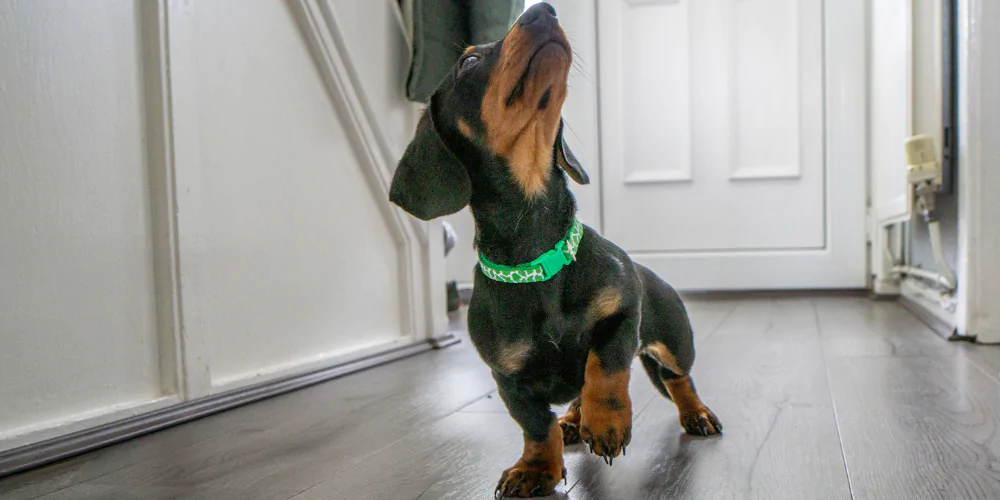

What insurance do I need for my Dachshund?
The level of dog insurance you get for your Dachshund will usually come down to your budget and unique circumstances. So you know exactly what you’re paying for, read our guide to whether pet insurance is worth it.
We think all dogs deserve the most comprehensive level of cover as possible. For this reason, we only sell different types of lifetime cover. We could also cover your Dachshund for any pre-existing conditions they may have with our Lifetime Plus policy, subject to acceptance*.
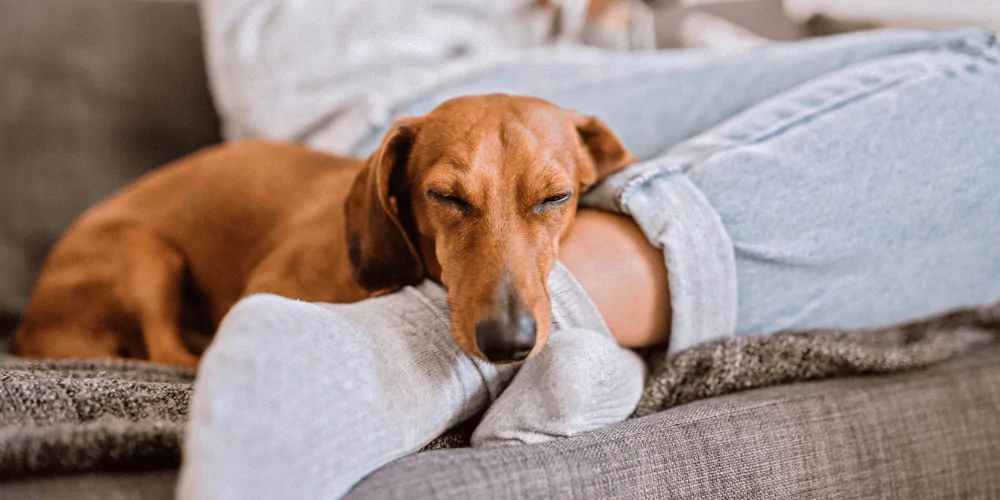

Guides and advice from experts
Our expert vets and behaviourists have great pointers to help keep your pet happy and healthy.

If your dog gets ill or has an accident, you want to give them the best care possible. Let’s take a look at why having pet insurance is important for your pooch.

How to choose the best pet insurance for my pet
We explain the top things you may want to think about when it comes to researching pet insurance policies, including how you can compare pet insurance.

What is lifetime pet insurance?
We’re saying farewell to all of the confusion around lifetime pet insurance. Join us as we explore what it is and how it works.
What’s included in your dog cover
Choosing Petgevity to protect your dog gives you more than just vet fee cover. Here's what you get from our policy.
Dental accident
Covers your pet up to the chosen vet fee limit if they have a dental accident or injury. Always be sure to take your pet for annual dental check-ups, and follow your vet’s advice.
More info
Covers your pet up to the chosen vet fee limit if they have a dental accident or injury. Always be sure to take your pet for annual dental check-ups, and follow your vet’s advice.
Behavioural treatment
Get expert help with your pet’s mental and emotional wellbeing, as advised by your vet. Cover up to your chosen vet fee amount or the cost of up to 12 sessions, whichever is lower (Lifetime Plus); or up to £1,000 (Lifetime).
More info
Get expert help with your pet’s mental and emotional wellbeing, as advised by your vet. Cover up to your chosen vet fee amount or the cost of up to 12 sessions, whichever is lower (Lifetime Plus); or up to £1,000 (Lifetime).
Complementary therapy
As advised by your vet, this covers alternative treatments like acupuncture or hydrotherapy. Cover up to your chosen vet fee amount (Lifetime Plus); or up to chosen vet fee amount or £1,500, whichever is lower (Lifetime).
More info
As advised by your vet, this covers alternative treatments like acupuncture or hydrotherapy. Cover up to your chosen vet fee amount (Lifetime Plus); or up to chosen vet fee amount or £1,500, whichever is lower (Lifetime).
Emergency care
If you can’t look after your pet due to an emergency, such as an unplanned hospital visit, this covers you for up to £1,500 (Lifetime Plus) in minding costs.
More info
If you can’t look after your pet due to an emergency, such as an unplanned hospital visit, this covers you for up to £1,500 (Lifetime Plus) in minding costs.
Third-party liability for dogs
Covers you for legal costs if your dog causes injury to somebody or their pet, or causes loss or damage to someone’s property. Protects you for up to £2 million in a legal action.
More info
Covers you for legal costs if your dog causes injury to somebody or their pet, or causes loss or damage to someone’s property. Protects you for up to £2 million in a legal action.
Choice of optional extras
Need extra protection? Choose from several optional extras to cover your pet’s needs, including dental illness, or cover if your pet is stolen or lost.
More info
Need extra protection? Choose from several optional extras to cover your pet’s needs, including dental illness, or cover if your pet is stolen or lost.
Dental accident
More infoBehavioural treatment
More infoGet expert help with your pet’s mental and emotional wellbeing, as advised by your vet. Cover up to your chosen vet fee amount or the cost of up to 12 sessions, whichever is lower (Lifetime Plus); or up to £1,000 (Lifetime).
Complementary therapy
More infoAs advised by your vet, this covers alternative treatments like acupuncture or hydrotherapy. Cover up to your chosen vet fee amount (Lifetime Plus); or up to chosen vet fee amount or £1,500, whichever is lower (Lifetime).
Emergency care
More infoIf you can’t look after your pet due to an emergency, such as an unplanned hospital visit, this covers you for up to £1,500 (Lifetime Plus) in minding costs.
Third-party liability for dogs
More infoCovers you for legal costs if your dog causes injury to somebody or their pet, or causes loss or damage to someone’s property. Protects you for up to £2 million in a legal action.
Choice of optional extras
More infoNeed extra protection? Choose from several optional extras to cover your pet’s needs, including dental illness, or cover if your pet is stolen or lost.
*Cover for pre-existing medical conditions is subject to acceptance. They will not be covered unless you have declared them and they are shown on your Confirmation of Cover.

